Last Updated on May 10, 2023
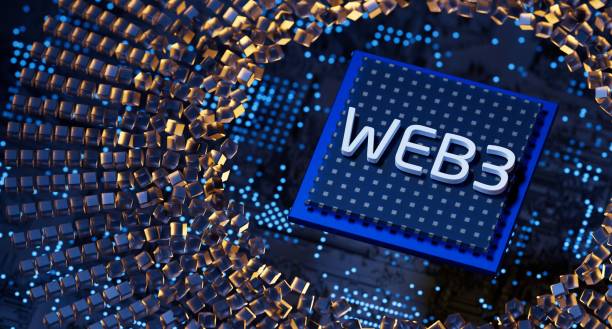
The World Wide Web has been around for more than 30 years, and over that period, the internet has gone through several stages of development. Although there is no dictionary definition of Web 3.0, by going through all of these stages, you can get a sense of how Web 3.0 may alter the online experience in the future.
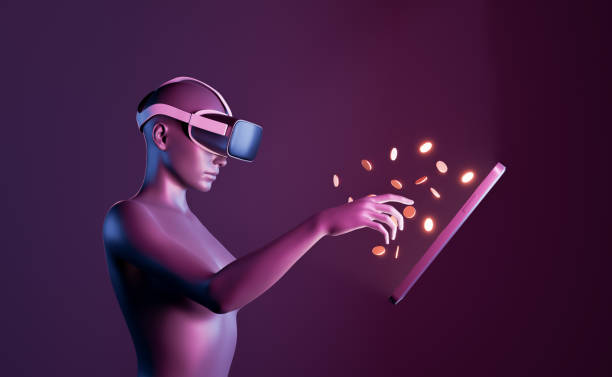
Web 3.0 is viewed as the rise of blockchain-based technologies such as cryptocurrency, NFTs, metaverse, and distributed ledger technology, among others. It is being hailed as the dawn of a new era of the internet — a more transparent and open version of the internet controlled by users rather than tech juggernauts like Google and Facebook.
Some scholars feel that a decentralized Web will increase the digital world’s transparency and democratization. Web 3.0 has the potential to create a decentralized digital economy in which users own and manage every part of their online appearance. Some believe it will put an end to existing centralized systems that promote data exploitation and privacy violations.
Read: All You Need To Know About Cryptocurrency
Evolution of the Internet
It is being called Web 3.0 because it is a newer version of the internet. Let us take a look at the versions before it, Web 1.0 and Web 2.0.
Web 1.0

This was the first iteration of the internet. There were few content creators on the internet, and the majority of users were consumers. It was characterized by a small number of people providing content and a large number of people using the internet to consume it.
Static pages were far more common than dynamic HTML sites in Web 1.0, and content originated from a file system rather than a database. The functionality of Web 1.0 websites is limited. Because the internet’s content was developed by a small group of people, Web 1.0 was considerably easier.
Web 2.0
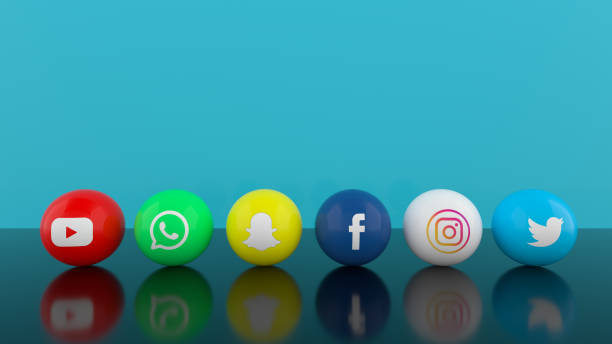
Web 2.0 is the internet that we’ve all gotten accustomed to enjoying today. Web 2.0 established an environment where more users may become active participants rather than taking a passive approach to internet use by merely viewing.
The emergence of self-publishing platforms like WordPress and Squarespace, and social media platforms like Facebook, Instagram, LinkedIn, and YouTube marked Web 2.0. These websites have a strong emphasis on user-generated content, participation, and user-friendly layouts, all of which are hallmarks of Web 2.0.
Individuals could contribute articles and comments, and users may make profiles on many sites, all of which encouraged involvement and increased the number of people who used the internet on a regular basis. Web 2.0, to put it simply, is the concept of “the internet as a platform.”
Back to web 3.0
New sorts of technical innovation, such as edge computing, decentralized data networks, blockchain, and artificial intelligence, will be used to create Web 3.0.
Though we have yet to see a complete transition to Web 3.0, tech experts and blockchain aficionados have been making some optimistic predictions about how the internet might appear in the future. Here are a few of these intriguing hypotheses:
The Architecture of Web 3.0
While the fundamental architecture of Web 3.0 has yet to be determined, there is universal agreement on several of the main qualities that this new version of the internet will have:
1. Semantic web
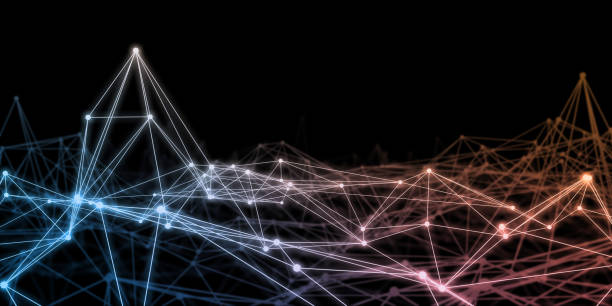
Online 3.0 is projected to be able to evaluate and act on a vast ecosystem of digital information as part of its underlying operational architecture by building complex linkages between web services, user behaviour, and other contextual data.
This innovation will enable unparalleled data communication and will represent a considerable divergence from the current internet model, which is based on keywords and organized numerical values. In many ways, the Semantic Web’s purpose is to make Internet data machine-readable, thereby boosting its overall efficiency and efficacy.
2. Visual immersion
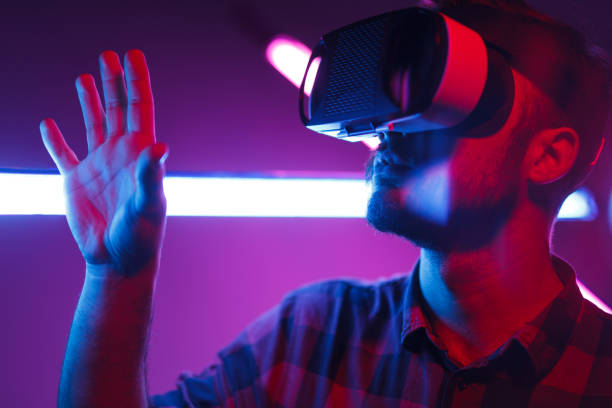
As the internet grows from a simple two-dimensional web to a more realistic three-dimensional cyberworld, Web 3.0 will have a significant impact on its future. Three-dimensional design is used extensively on Web 3.0 websites and services, such as e-commerce, online games, and the real estate market.
As bizarre as it may appear, thousands of people from all over the world are currently interacting at this location. Consider online games like Second Life or World of Warcraft, where players are far more concerned about the safety of their virtual avatars than they are about their real-life counterparts.
3. Artifical intelligence

Artificial intelligence (AI) is intelligence displayed by machines. Hence, Web 3.0 machines are clever because they can read and comprehend the meaning and emotions expressed by a set of data. Despite the fact that Web 2.0 has similar capabilities, it is still primarily human-based, which allows for corrupt behaviours such as biased product evaluations, rigged ratings, and so on.
Advanced artificial intelligence (AI) software capable of decrypting natural language and comprehending user intent will power Web 3.0’s semantic web. As a result, compared to the current internet, which is still heavily reliant on direct user inputs, the new internet is projected to enable more natural, user-centric interactions.
These AI systems will also play a key role in ensuring the integrity of Web 3.0’s content ecosystem by distinguishing between legitimate material and low-quality or fraudulent posts.
4. Ubiquity
While Web 3.0 heralds a new era of interconnected Internet of Things (IoT) devices and cross-platform interoperability, the data stored and shared on this new internet will be more secure and adaptable than present web data.
This will be made feasible by Web 3.0’s decentralized network infrastructure, which helps to eliminate non-value-adding middlemen, reduce the danger of centralized server outages, and give consumers complete control over their data. Web 3.0 may also make it possible for applications to be more device-agnostic, allowing different types of hardware and software platforms to interact with one another without causing any operational issues or increasing development expenses.
The internet will no longer be confined to your desktop computer or smartphone like it was with Web 1.0 and Web 2.0. It will be all-knowing and all-powerful. Web 3.0 might be labelled the web of everything and everywhere because most things around you are connected online (Internet of Things).
Nobody knows when a fully-fledged Web 3.0 will be available, but certain online communities, such as the Web3 Foundation, Ethereum Network, Polkadot, and others, are presently working on various projects targeted at bringing Web 3.0 into existence.
However, analysts believe that the Web 3.0 architecture will necessitate a significant increase in resources and infrastructure and that creating an ecosystem that can break big tech’s monopoly will be difficult, if not impossible.
With Facebook’s recent announcements about moving its business to the metaverse, it’s possible that we’ll arrive at Web 3.0 and discover it’s dominated by the same players as Web 2.0.
Before you go…
Hey, thank you for reading this blog to the end. I hope it was helpful. Let me tell you a little bit about Nicholas Idoko Technologies. We help businesses and companies build an online presence by developing web, mobile, desktop and blockchain applications.
As a company, we work with your budget in developing your ideas and projects beautifully and elegantly as well as participate in the growth of your business. We do a lot of freelance work in various sectors such as blockchain, booking, e-commerce, education, online games, voting and payments. Our ability to provide the needed resources to help clients develop their software packages for their targeted audience on schedule is unmatched.
Be sure to contact us if you need our services! We are readily available.











